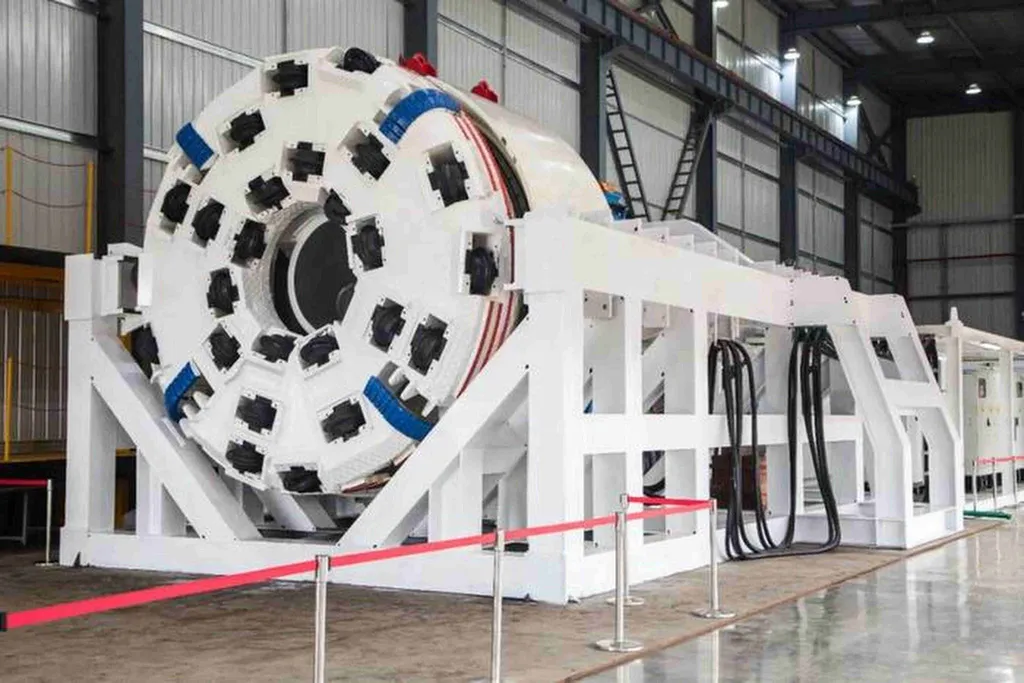In the heart of China’s ambitious infrastructure expansion lies a hidden challenge: the carbon footprint of tunnel construction. As the country pushes forward with projects like the Meng-Hua railway, researchers are finding innovative ways to make these endeavors more sustainable. A groundbreaking study led by Feng Lu, a professor at the School of Emergency Management, Xihua University, and the Key Laboratory of Transportation Tunnel Engineering, Ministry of Education, at Southwest Jiaotong University, has uncovered a significant opportunity to reduce carbon emissions in tunnel construction through structural optimization of lattice girders.
Lattice girders, essential components in tunnel support systems, have long been overdesigned, leading to unnecessary material use and increased carbon emissions. Lu’s research, published in the journal Case Studies in Construction Materials, addresses this issue head-on. “The overdesign of lattice girders is a result of overestimating the load from loose soil,” Lu explains. “By accounting for the resistance of the surrounding rock, we can optimize the design and significantly reduce carbon emissions.”
The study focuses on the Wanrong tunnel of the Meng-Hua railway, where on-site experiments confirmed the safety and effectiveness of the optimized lattice girder design. The results are striking: a 36.77% reduction in carbon emissions, amounting to 3462.85 tons, and a 36.76% decrease in total project cost. This optimization strategy involves adjusting the diameters of main steel and diagonal bars, reducing weld lengths, and eliminating stirrups—all without compromising the structural integrity of the tunnel.
The implications for the energy sector are profound. As countries worldwide strive to meet their carbon reduction targets, the construction industry must play a pivotal role. Lu’s research offers a blueprint for sustainable tunnel construction, demonstrating that structural optimization can yield substantial environmental and economic benefits. “This decarbonization strategy provides a possible solution for future tunnel constructions,” Lu states, highlighting the potential for widespread adoption.
The study’s findings are particularly relevant for the energy sector, where infrastructure projects often involve extensive tunneling. By adopting similar optimization strategies, energy companies can reduce their carbon footprint and operational costs, aligning with global sustainability goals. Moreover, the research underscores the importance of mechanical performance evaluations in structural design, paving the way for more efficient and eco-friendly construction practices.
As the world grapples with the challenges of climate change, innovations like Lu’s offer a glimmer of hope. By rethinking traditional construction methods and embracing structural optimization, the industry can make significant strides towards a more sustainable future. The research published in Case Studies in Construction Materials, translated from Chinese as “Case Studies in Construction Materials,” serves as a testament to the power of innovation and the potential for transformative change in the construction sector. The energy sector, in particular, stands to gain from these advancements, as the push for decarbonization continues to gain momentum.

